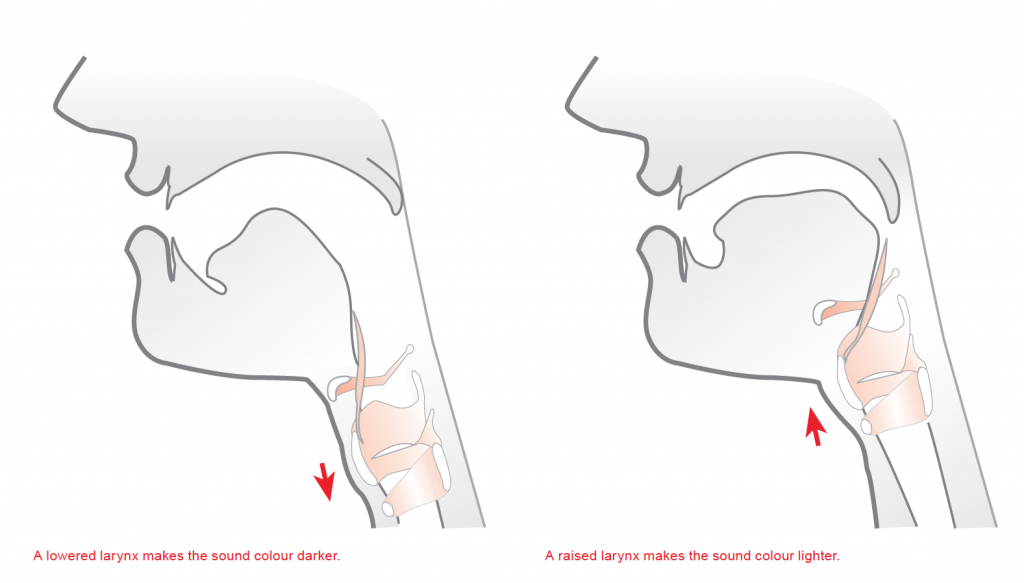The key difference between voice feminisation and voice deepening therapy lies in the direction of pitch and resonance change.
Feminisation raises pitch and brightens resonance, while deepening lowers pitch and strengthens chest resonance. Both aim to create a voice that feels genuine and comfortable to the individual.
Although they share many techniques, the exercises and goals differ depending on whether a client wants a softer, higher tone or a deeper, more resonant sound.
How Does Voice Feminisation Therapy Work?
Voice feminisation therapy works by raising pitch, shifting resonance from the chest to the head, and refining speech patterns for smoother, more melodic expression.
The goal is not just to sound higher but to develop a natural rhythm and intonation that aligns with a traditionally feminine sound.
Clients learn to manage breath support and articulation while maintaining vocal health. Over time, these techniques become automatic in daily conversation.
For Voice Feminisation In London, Contact Nick Hamilton Today on 020 7034 6053
How Does Voice Deepening Therapy Work for Transgender Men or Others Seeking a Lower Pitch?
Voice deepening therapy works by lowering pitch, enhancing chest resonance, and strengthening breath control. These techniques help produce a grounded, confident tone that feels natural and stable.
Even when testosterone causes pitch drop, therapy improves vocal clarity and prevents strain. It also helps integrate the deeper tone into normal speaking patterns.
Are the Techniques in Voice Feminisation and Deepening Therapy the Same?
The core techniques of breath support, resonance control, and vocal flexibility are similar, but their direction differs.
Feminisation lifts resonance upward, while deepening brings it downward. Both use safe, structured training to build endurance and confidence.
According to the British Voice Association, 68% of clients reported improved vocal confidence within three months of targeted therapy, regardless of whether they were feminising or deepening their voice.
Can Someone Switch Between Feminisation and Deepening Goals?
Yes, non-binary and gender-fluid individuals can explore both approaches. Therapy can help you find a voice that moves naturally between ranges or sits comfortably in a neutral zone.
A skilled therapist tailors sessions to match your expression and emotional comfort, ensuring your voice feels authentic in all contexts.
Which Option Is Right for You?
Your choice depends on gender identity, anatomy, and personal goals. A voice assessment with a qualified therapist can help identify your vocal range and outline the safest route to achieve your desired sound.
Both feminisation and deepening can be empowering experiences. The process builds confidence, communication skills, and a sense of authenticity that reaches far beyond the voice itself.
For personalised voice therapy and assessment, contact Nick Hamilton today on 020 7034 6053 for expert guidance in achieving your natural, confident voice.
See Also:





